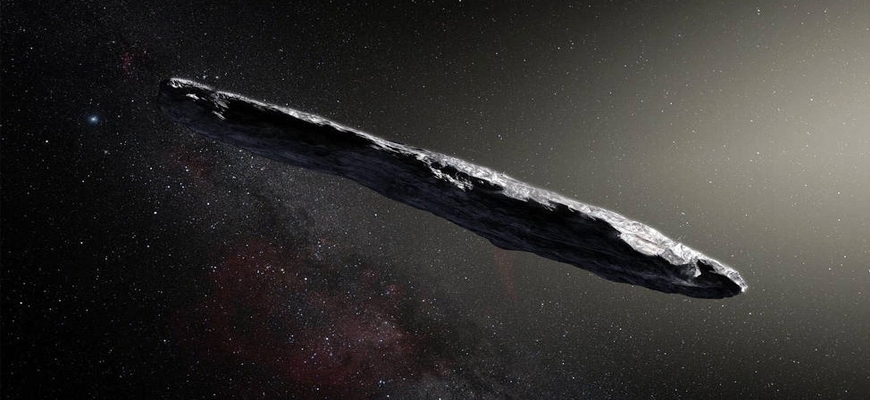Solar System may have a neighbor! Scientists confirm first object from another star
Washington, November 21: So it is likely to have a neighbor of our solar system as per new discovery of scientists which says asteroid Oumuamua is the first confirmed object from another star. Speculation of scientists was growing up regarding interloper Oumuamua. The intriguing asteroid zipped through the solar system on a steep trajectory from interstellar space. After long years of theorization, Scientists are very excited to get a concrete proof of the interstellar object.

New data says, it is up to one-quarter mile (400 meters) long and highly-elongated—perhaps 10 times as long as it is wide. That aspect ratio is greater than that of an asteroid or comet observed in our solar system to date. The elongated shape of the new object does not have similarity with asteroids seen in our solar system. The hope is rising that it may leave some clue to understand how other solar systems formed.
“For decades we’ve theorized that such interstellar objects are out there, and now – for the first time – we have direct evidence they exist,” said Thomas Zurbuchen, associate administrator for NASA’s Science Mission Directorate in Washington. “This history-making discovery is opening a new window to study the formation of solar systems beyond our own,” he added.
The shapes, color, the brightness of Oumuamua vary from known asteroid or comet and the reddish color of it has similarity with outer solar objects. From these properties, scientists have reached the conclusion that ‘Oumuamua is dense, comprised of rock and possibly metals, has no water or ice, and that its surface was reddened due to the effects of irradiation from cosmic rays over hundreds of millions of years.’